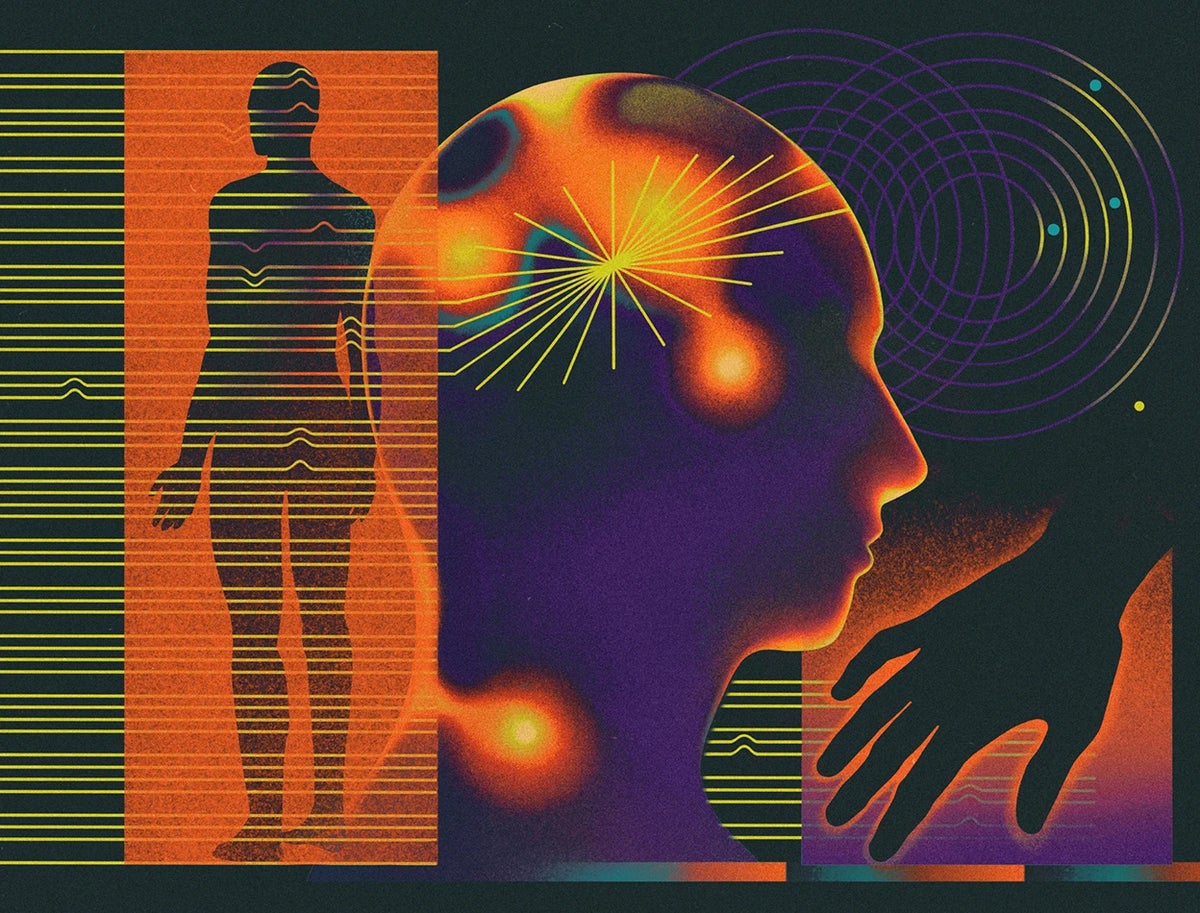
"Deep-brain stimulation involves inserting thin wires through two small holes in the skull into a region of the brain associated with movement. The hope is that by delivering electrical pulses to the region, the implant can normalize aberrant brain activity and reduce symptoms."
"Adaptive deep-brain stimulation (aDBS) can read brain waves and adapt its output rhythm, much like a pacemaker for the heart, enhancing the treatment for Parkinson's."
"The results of the ADAPT-PD trial, which had 68 participants, were convincing enough to earn approval for the technology from both US and European regulators."
"Since the devices were first approved almost three decades ago, some 200,000 people have had them fitted to help calm the tremors and rigidity caused by Parkinson's disease."
Keith Krehbiel lived with Parkinson's disease for 25 years before opting for deep-brain stimulation. The procedure involves inserting wires into the brain to normalize movement-associated activity. Since the introduction of deep-brain stimulation nearly three decades ago, around 200,000 individuals have been treated. A newer technology, adaptive deep-brain stimulation (aDBS), can read brain waves and adjust its output. A clinical trial of aDBS, involving 68 participants, has produced convincing results, leading to regulatory approvals for this advanced treatment.
Read at www.nature.com
Unable to calculate read time
Collection
[
|
...
]